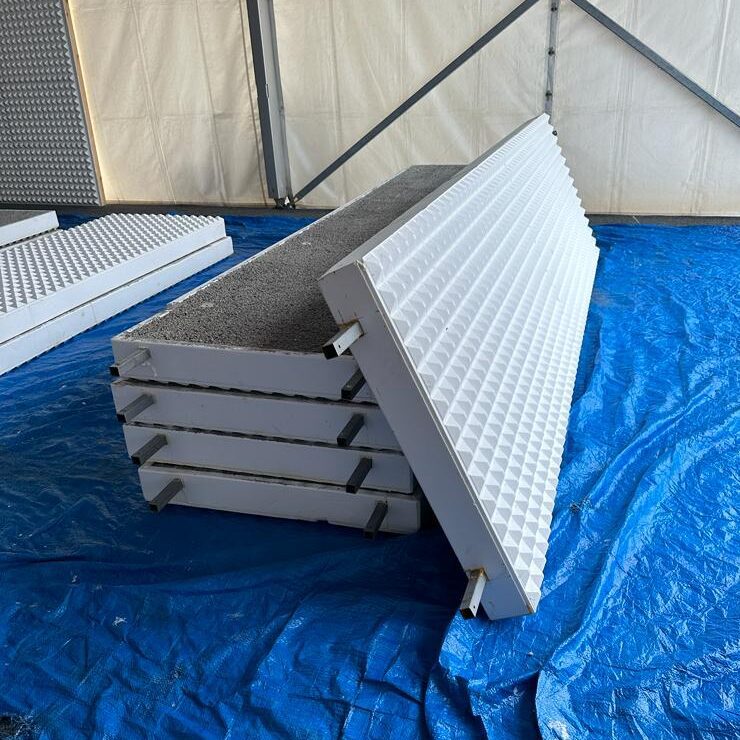
MIXFORM EPS/Foam Concrete: Light, Insulating and Energy Efficient Material for Modern Buildings
In the world of construction, technology is constantly advancing to meet the demands for energy efficiency, sustainability, and longevity of building projects. One of the most cutting-edge innovations in this industry is MIXFORM EPS/Foam concrete, a material that combines exceptional lightness, superior insulating properties and wide applicability. This material provides optimal solutions for the construction of floors, walls and roofs, making it a key element for modern construction projects.

What is MIXFORM EPS/Foam concrete?
MIXFORM EPS/Foam Concrete is a lightweight construction material that combines expanded polystyrene (EPS) and foam with concrete, creating a structure with exceptional insulating properties. EPS (expanded polystyrene) is well known for its lightness and insulating power, while concrete adds strength and resistance. The combination of these materials results in a lightweight yet durable construction solution that meets the high standards of modern construction projects.
Advantages of MIXFORM EPS/Foam concrete
The use of MIXFORM EPS/Foam concrete in construction brings numerous advantages that make it an ideal choice for various types of construction facilities. Here are a few key features that set this material apart:
- Exceptional lightness: EPS/Foam concrete is significantly lighter than traditional concrete. This facilitates transport and handling on the construction site, reduces the load on load-bearing structures and enables faster and simpler installation. This characteristic is especially important in renovations and upgrades, where reducing the load on existing structures is crucial.
- Excellent thermal and sound insulation: Thanks to EPS and its foam structure, MIXFORM EPS/Foam Concrete provides outstanding insulation properties. Thermal insulation ensures that buildings stay warm in winter and cool in summer, significantly reducing energy costs for heating and cooling. In addition, the foam structure of the material contributes to excellent sound insulation, thereby improving the comfort and quality of life in residential and commercial buildings.
- Energy efficiency: By using this material, investors and contractors can achieve high standards of energy efficiency, which is crucial in the context of increasingly strict regulations related to sustainable construction and reducing energy consumption. EPS/Foam concrete helps reduce energy loss through walls, floors and roofs, making buildings more environmentally friendly and more economical for owners.
- Moisture and fire resistance: Due to its composition and structure, EPS/Foam Concrete is highly resistant to moisture, making it ideal for areas with high levels of moisture, such as bathrooms or underground spaces. This material also has improved fire resistance, which increases the safety of buildings.
- Longevity and stability: Although EPS/Foam Concrete is lightweight, its strength and durability are not compromised. This material provides a long-lasting and stable foundation for construction, resistant to weather conditions, corrosion and deterioration over time. This reduces the need for frequent repairs and maintenance, which in the long run reduces costs for building owners.
Application of EPS/Foam concrete in construction
MIXFORM EPS/Foam concrete is an extremely versatile material, making it ideal for a variety of construction applications. Here are some of the most common areas of its application:
- Floors: EPS/Foam concrete is the perfect material for floor systems due to its lightness and insulating properties. It provides excellent thermal insulation, and its ability to adapt to different shapes and thicknesses makes it suitable for various types of buildings, from residential buildings to industrial halls.
- Walls: Installing EPS/Foam Concrete in walls helps improve the thermal and sound insulation of the entire building. Walls made of this material reduce heat loss and protect the interior space from external influences, which is especially useful in climate zones with extreme temperatures.
-
Acoustic applicationse: EPS/foam concrete is often used in acoustic solutions, such as sound barriers and insulation panels for studios, concert halls and other spaces where sound control is essential.
-
Roofs: EPS/Foam concrete is an excellent choice for building roof systems, especially those that require additional thermal insulation and lower weight. This material reduces the load on the roof structure, while at the same time improving the energy efficiency of the building, reducing heat loss and contributing to better temperature regulation inside the building.
Why choose MIXFORM EPS/Foam concrete for modern construction projects?
As an innovative material that combines lightness, durability and energy advantages, MIXFORM EPS/Foam concrete offers the optimal solution for modern construction projects. Whether it is new construction or renovation, this material provides superior insulation properties and reduces overall energy costs, thus contributing to the sustainability and longevity of buildings.
The use of EPS/Foam concrete enables faster construction, reduces the load on structures and increases comfort and safety inside the building. Given the growing awareness of the importance of energy efficiency and environmental sustainability, EPS/Foam concrete is becoming a key material in creating the buildings of the future.
Conclusion
MIXFORM EPS/Foam concrete represents a step forward in the construction industry, offering the perfect balance between lightness, strength and insulating properties. Its versatility, durability and energy efficiency advantages make it an ideal choice for all types of construction projects – from residential to commercial and industrial buildings. Investing in such an innovative material means long-term energy savings, reduced emissions and the creation of more sustainable, modern buildings that meet the demands of today.


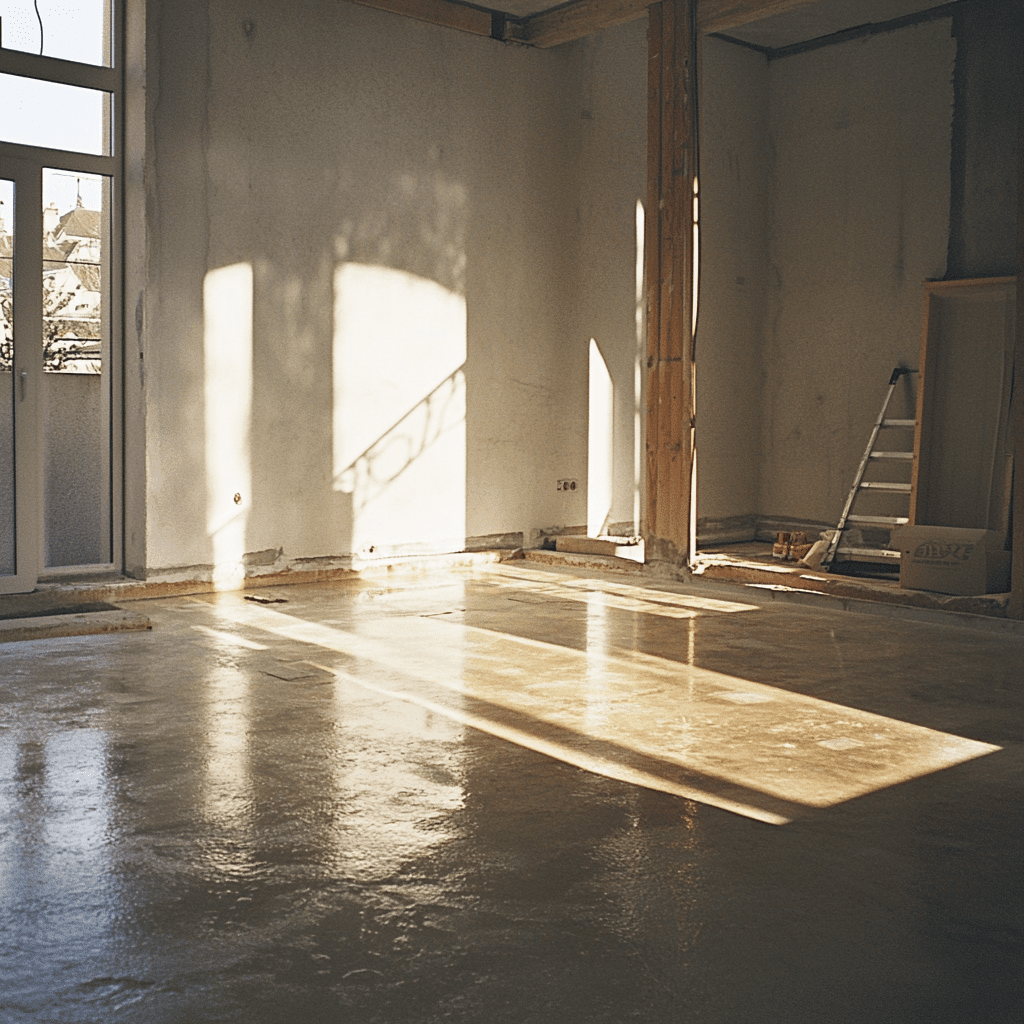
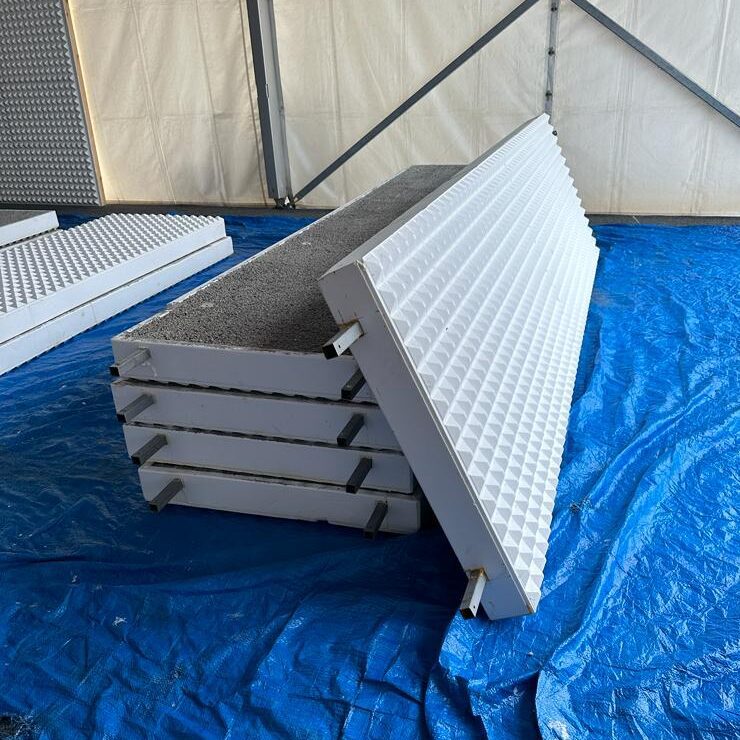
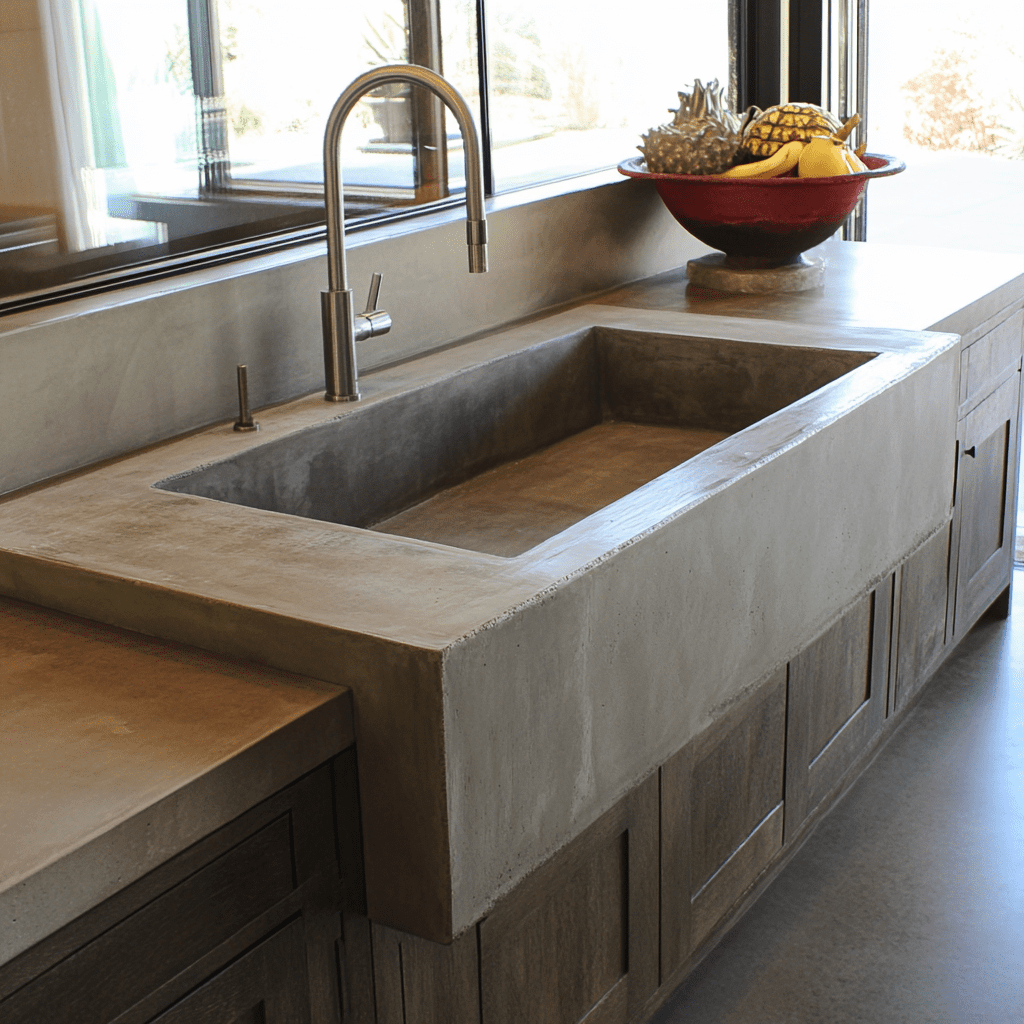
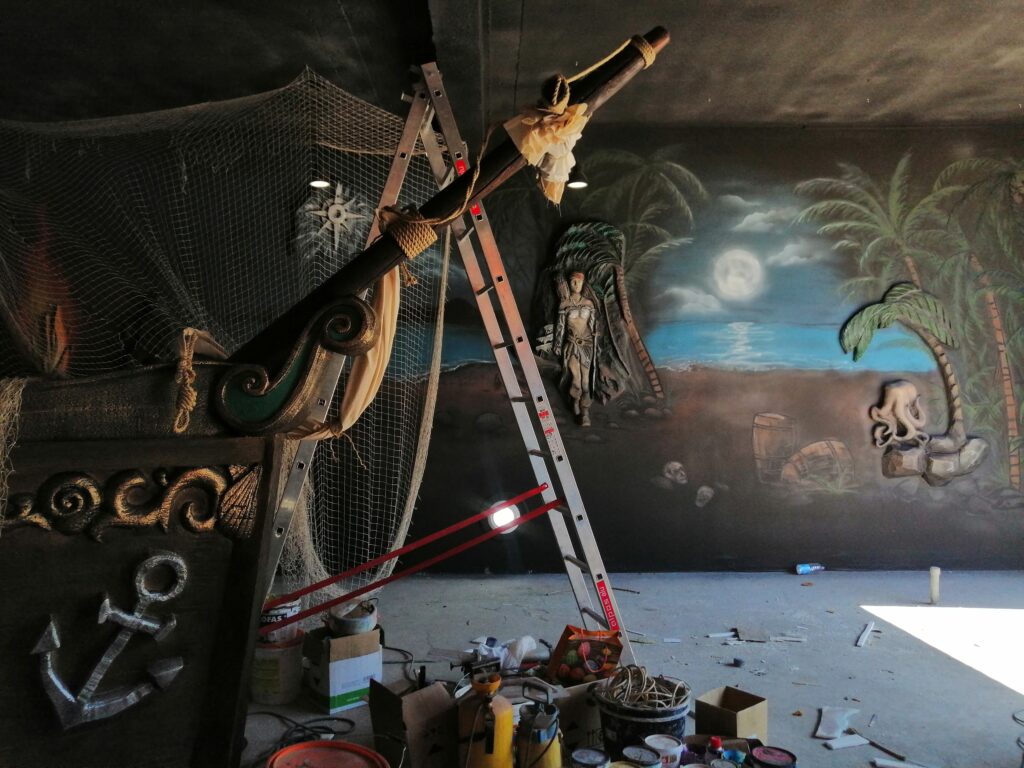
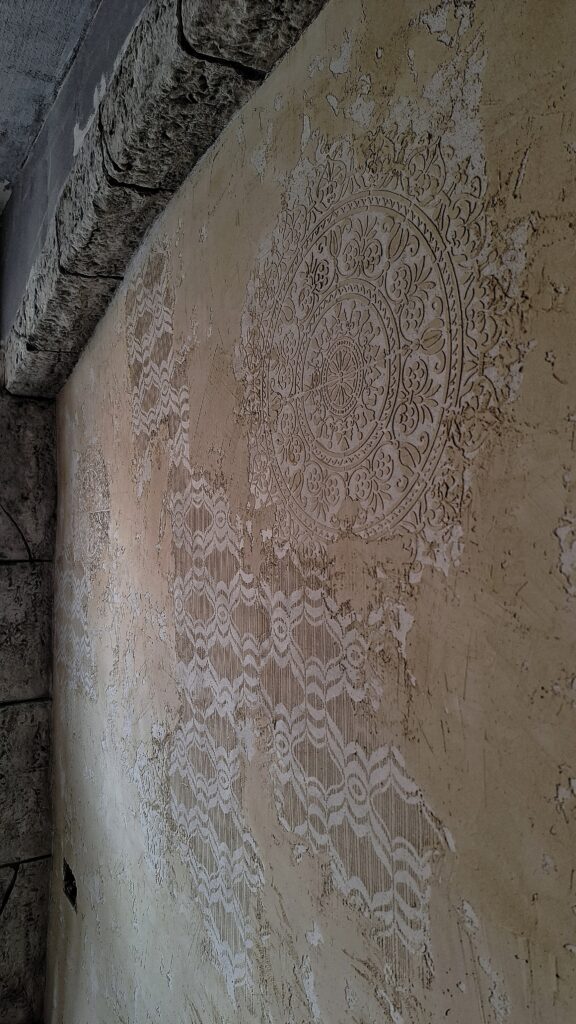
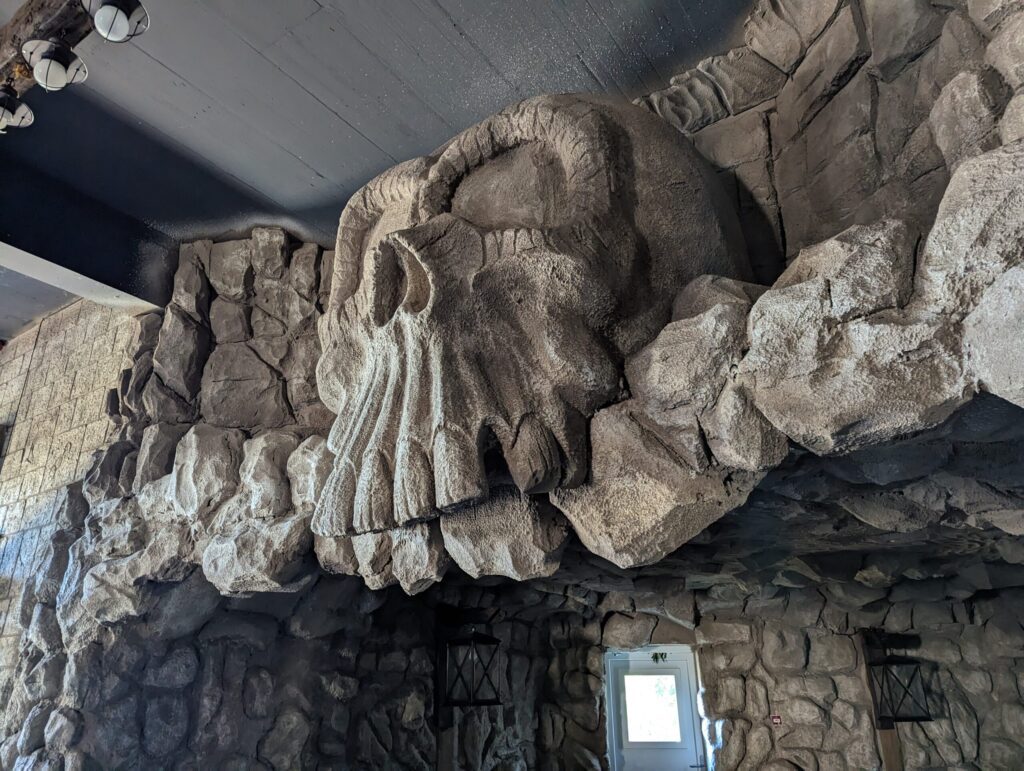
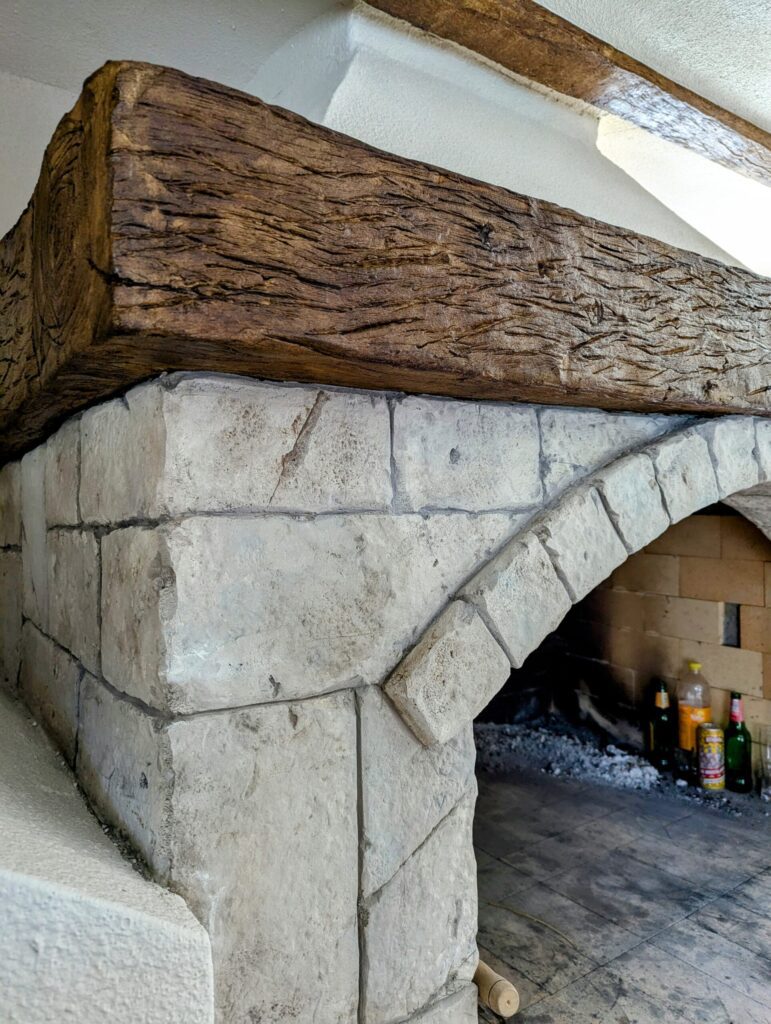

Responses